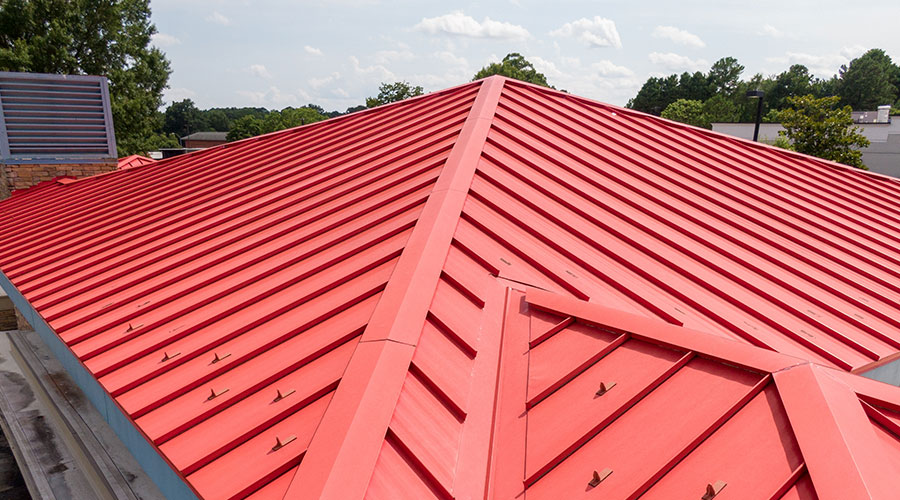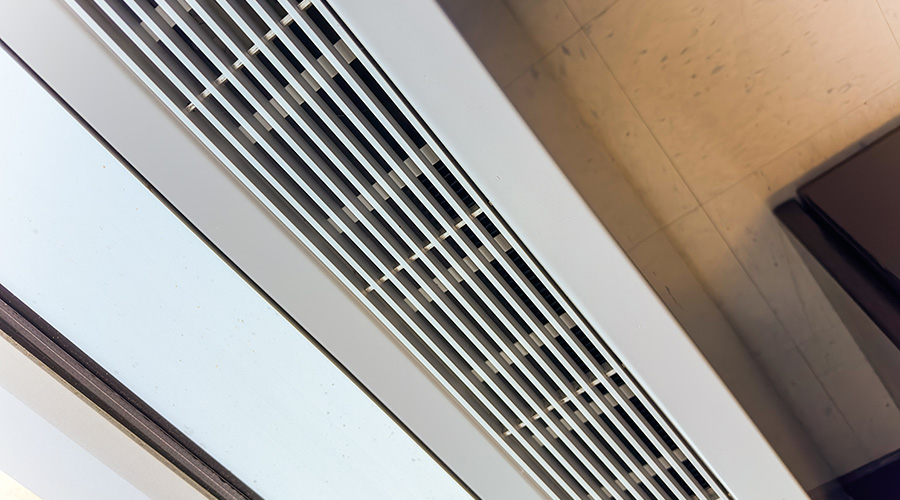Making the Link: Mold, Maintenance and IAQ
 “Nothing will change until people get sick from lack of maintenance. Mold, allergies from water leaks, poor air circulation, etc. ”
“Nothing will change until people get sick from lack of maintenance. Mold, allergies from water leaks, poor air circulation, etc. ”
These comments came in an online discussion of deferred maintenance, and the writer’s logic is hard to rebut, given tight budgets and the traditional “out of sight, out of mind” approach most facility executives take toward maintenance.
The writer might not have known it, but something might be about to change on the link between maintenance, mold and indoor air quality.
The Evidence Grows
A pair of studies to be published in the journal Indoor Air have quantified the public health risks and economic consequences in the United States from building dampness and mold.
“Our analysis does not prove that dampness and mold cause these health effects,” says the author of the first study. “However, the consistent and relatively strong associations of dampness with adverse health effects strongly suggest causation by dampness-related (pollutant) exposures.”
The second study uses results of the first paper, plus additional data on dampness prevalence, to estimate that 21 percent of current asthma cases in the United States are attributable to dampness and mold exposure.
The paper also summarizes the evidence of adverse health effects from dampness and mold in offices and schools, and it suggests that exposure to dampness and mold in those settings appear to have similar health impacts on those exposed.
The authors of the two papers suggest that “a significant community response” is warranted, given the size of the population affected and the large economic costs. They recommend a series of measures to address the problem that will sound familiar to any manager who has ever faced the issue:
• better moisture control during the building’s design
• moisture control practices during construction
• improved preventive maintenance of existing buildings to include a comprehensive moisture-control program, including control of water intrusions from outside, plumbing leaks, condensation and humidity control, and other causes of moisture accumulation or mold growth.
What Lies Ahead
The author of the opening comments on deferred maintenance goes on to say: “Money talks, and the savings of deferred maintenance are easy to calculate, compared to the lost productivity from poor facilities and sick-building syndrome. Until (executives) feel it in the pocketbook, maintenance will be deferred.”
My guess is that these two papers, along with previous studies of the link between facility conditions and healthy indoor environments, are pushing this issue toward its tipping point, which is located in top executives’ pocketbooks. The shift in thinking could give managers more of the resources they need to address the issue effectively.
For more information on the studies, click here. www.lbl.gov/Science-Articles/Archive/EETD-mold-risk.html
Related Topics:








 “Nothing will change until people get sick from lack of maintenance. Mold, allergies from water leaks, poor air circulation, etc. ”
“Nothing will change until people get sick from lack of maintenance. Mold, allergies from water leaks, poor air circulation, etc. ” 


